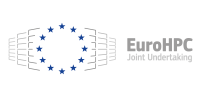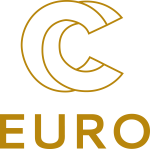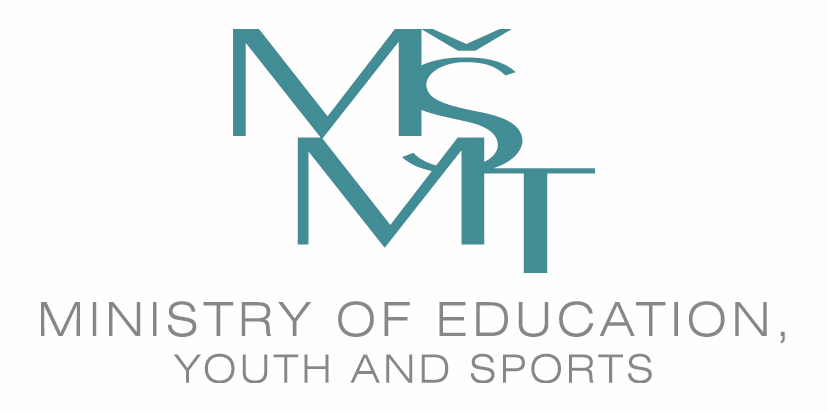[ONLINE] Introduction to Atos QLM and how to use it to run your first quantum circuit (EuroCC)
[ONLINE]
Annotation
This course is aimed at presenting the main features of the Atos QLM software stack, and at providing two examples of quantum software that is run on Atos QLM’s emulated environment.
The Atos Quantum Learning Machine (QLM) embeds a programming platform and a high-performance quantum simulator. The Atos QLM allows researchers, engineers, and students to develop and experiment with quantum software. Powered by a powerful dedicated hardware infrastructure, the Atos QLM emulates execution as a genuine quantum computer would. The Atos QLM computes the exact execution of a quantum program, with double digit precision. It simulates the laws of physics, which are at the very heart of quantum computing. Currently, the Atos QLM is capable of simulating up to 41 qubits.
The Atos myQLM is a python package that is provided with open source interoperability connectors with frameworks such as Qiskit, Cirq, ProjectQ, or Forest™. It was designed to democratize quantum computing by allowing researchers, students, and developers to create and simulate quantum circuits on their laptops. It is fully compatible with the Atos QLM: users are able to launch their myQLM programs on their organization’s Atos QLM to benefit from larger simulation capabilities and advanced features like quantum circuit optimizers and noisy simulators. With Atos myQLM it is possible to efficiently simulate up to 20 qubits.
Level
Beginner
Language
English
Tutor
Ivano Pullano - Atos, product manager, quantum solutions – Big Data and Security
Prerequisites
- running laptop
- basics of Python
All participants need to have the myQLM installed. You can download it from here: https://myqlm.github.io/myqlm_specific/install.html
myQLM documentation is available here: https://myqlm.github.io/
Acknowledgments


This event was supported by the EuroCC project. This project has received funding from the European High-Performance Computing Joint Undertaking (JU) under grant agreement No 951732. The JU receives support from the European Union’s Horizon 2020 research and innovation programme and Germany, Bulgaria, Austria, Croatia, Cyprus, the Czech Republic, Denmark, Estonia, Finland, Greece, Hungary, Ireland, Italy, Lithuania, Latvia, Poland, Portugal, Romania, Slovenia, Spain, Sweden, the United Kingdom, France, the Netherlands, Belgium, Luxembourg, Slovakia, Norway, Switzerland, Turkey, Republic of North Macedonia, Iceland, Montenegro. This project has received funding from the Ministry of Education, Youth and Sports of the Czech Republic (ID:MC2101).


This course is supported by the Ministry of Education, Youth and Sports of the Czech Republic through the e-INFRA CZ (ID:90140).
All presentations and educational materials of this course are provided under the Creative Commons Attribution-ShareAlike 4.0 International (CC BY-SA 4.0) license.